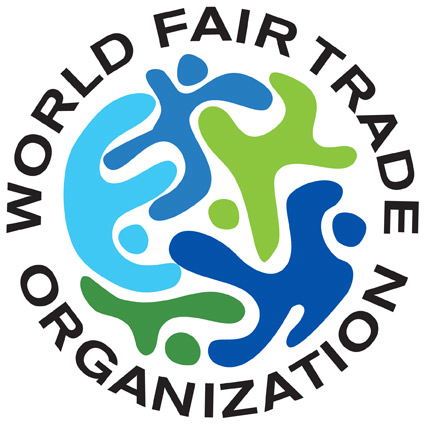There are over 20 different ethnic groups in Guatemala and each of those group’s fabrics and even outfits can vary by region. For example, Kaqchikel Maya from the highlands of the Sololá region may wear a multi-purpose cloth, or a tzute, over their shoulders or folded and placed atop her heads. While a Maya woman from the highlands of the Xela (or Quetzaltenango) region may wear their hair in two low braids with a woven band wrapped around both braids. Also, the colors of a typical blouse, or huipiles, are distinct per region. For example, a Kaqchikel Maya in the Sololá region’s typical huipil may be of blue and green colors while a typical huipil in the Xela region may be of purple and yellow. Although we do not sell the traditional Maya dress, our products are inspired by all of the patterns, textures, and techniques used in the creation of what makes up a typical Maya outfit, by the women who weave them.
Traditional huipiles are hand woven and just one can cost up to $400 USD based on the detailing of embroidery or brocade. Each piece is an investment, especially when considering the income of those who wear the traditional dress. The minimum wage in Guatemala for 2016 is $326/month. However, this is only in the formal economy. Many of those who wear the typical dress work in the informal economy, selling in markets or to tourists on the streets. This means that their income is below minimum wage, which can be even half of the minimum wage set by the government. Because of the cost, some women may own only three or four sets of outfits which they rotate. The time put into these huipiles adds even more to their value! Not only are these designs a representation of a culture, but they are each a piece of intricate artwork which can take up to four months to make, with women setting aside 3 to 4 hours each day to work on it (if they know how to weave, and don’t purchase their huipiles from others).
Today, many men dress in ‘western’ clothing –usually jeans and a t-shirt. This is due in part from globalization and the vast price difference of the traditional dress versus cheap clothing produced in China and India. Women in Guatemala wear traditional dress at a much larger scale than men. Nonetheless, most of the women’s clothing is still handwoven on a backstrap loom or a footloom, taking over 15 hours to make any one part of their outfit. Below are a few details on what makes up a modern-day typical traditional Maya woman’s outfit.
Hair ribbon (cinta) — These can be worn around the crown of their heads, as depicted, or they can be wrapped around braids. A third style is to wrap the ribbon like a spiral around a low pony tail which is then wrapped around the crown of the head.
Blouse (blusa or huipil) – These can be simple with embroidery of birds or flowers by the neckline, or they can be fully brocade or embroidered. Some styles are embroidered on both the inside and outside so they can be reversible. The number of huipiles a woman owns depends on her economics status.
Sash/belt (faja) — A piece of fabric, utilized as a belt, which wraps around twice and is then tucked in to hold up the piece of fabric which is wrapped into a skirt.
Skirt (corte) — The thick embroidered band around it is called a randa. It is used to connect the two pieces of woven fabric which, because they are woven on a loom only reach a certain width which alone is not wide enough to create the entire skirt.
Shawl (rebozo or tzute) — A multi-purpose fabric used as a shawl or placed atop the head, which can also be used as a bag when transporting large amounts of items to be sold, or a baby on their back.

Member of the
World Fair Trade Organization